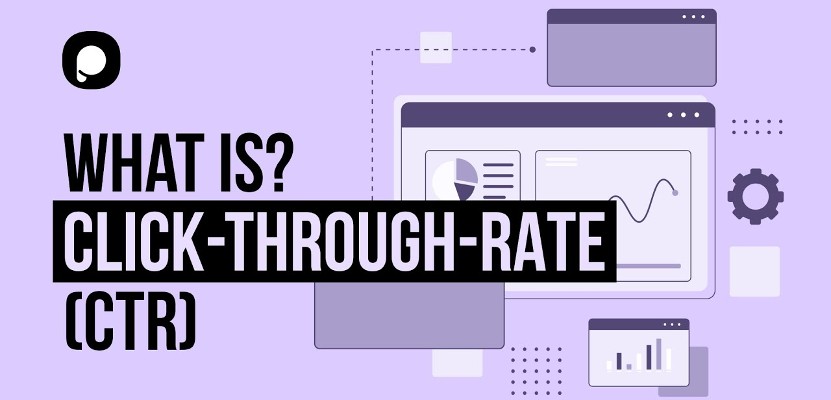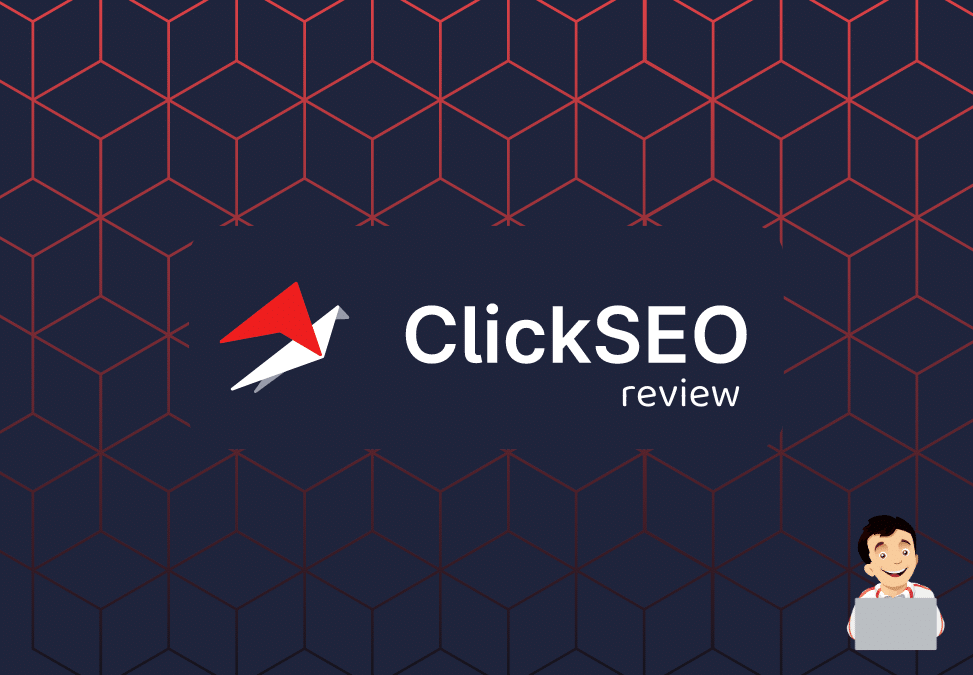Optimizing Organic Click-Through Fees With CTR Adjustment
The optimization of organic click-through rates (CTR) is a nuanced endeavor that pivots on recognizing both customer psychology and reliable material presentation. The landscape is swarming with misunderstandings and oversimplifications about what truly drives CTR.
Understanding Click-Through Fees
Recognizing click-through prices (CTR) is necessary for examining the efficiency of online marketing strategies. CTR gauges the percent of individuals who click a details web link or ad compared to the complete variety of users who watch it. A higher CTR indicates that the web content is involving and relevant to the target market, while a lower CTR may signify a requirement for optimization.
To determine CTR, divide the variety of clicks by the number of impressions and increase by 100. For circumstances, if an ad obtains 300 clicks out of 10,000 impacts, the CTR would be 3%. This metric is vital for examining different components of electronic marketing, consisting of search engine optimization (SEO), e-mail campaigns, and social media sites advertising.
Moreover, assessing CTR helps marketers determine which techniques generate the most effective outcomes and which require improvement. By concentrating on enhancing CTR, organizations can enhance their web content's visibility and effectiveness, bring about enhanced web traffic and possible conversions. Understanding the subtleties of CTR is fundamental for any marketing expert aiming to enhance their online visibility and maximize roi (ROI)

The Psychology of Customer Actions
Individual habits is significantly affected by psychological variables that dictate how people interact with on the internet web content. Comprehending these factors is necessary for enhancing click-through prices (CTR) in organic search outcomes.
Psychological actions also substantially impact individual behavior. Material that reverberates mentally can trigger a feeling of necessity or interest, motivating users to click. Furthermore, social evidence-- such as user evaluations or rankings-- can enhance depend on and urge interaction, as people frequently seek to the actions of others to notify their very own choices.
Moreover, the principle of shortage can drive clicks - GMB CTR Manipulation. Limited-time deals or unique content create a worry of missing out on out (FOMO), engaging customers to act quickly. Understanding these mental motorists makes it possible for marketing professionals to develop even more engaging web content that reverberates with their target market
Reliable CTR Adjustment Techniques
Leveraging psychological insights can significantly enhance click-through rates (CTR) through targeted manipulation techniques. Among one of the most reliable approaches is using compelling headlines that evoke curiosity or necessity. Wording titles as inquiries or including numbers can bring in even more interest, triggering individuals to click.
One more technique entails maximizing meta summaries to produce a sense of relevance and immediacy. By clearly outlining the advantages or remedies offered in the content, you can involve possible visitors and persuade them to click. Additionally, making use of power words-- such as "special," "shown," or "free"-- can boost the allure of your material.
Visual components likewise play a vital function. Incorporating eye-catching photos or thumbnails can draw customers in and enhance CTR. A/B testing various visuals can assist determine which images reverberate finest with your audience.
Last but not least, ensuring that your material promises deliverable worth causes higher CTR. When customers view that clicking will supply them with meaningful understandings or remedies, they are more probable to involve. By using these techniques attentively, marketing professionals can efficiently manipulate CTR to their benefit while preserving ethical requirements.
Common Misconceptions Regarding CTR
Several misunderstandings surround click-through rates (CTR) that can lead marketing professionals to make misdirected decisions. While a high CTR recommends that more customers are clicking, it does not guarantee sales or conversions.
Another typical belief is that CTR is an isolated metric. In truth, CTR should be examined together with other click this performance signs, such as bounce price and conversion price, to gain an alternative view of campaign success.
Additionally, some marketing experts think that maximizing for CTR alone is adequate. Nevertheless, focusing exclusively on CTR can bring about clickbait techniques that may attract clicks but fall short to engage users meaningfully. This technique can harm brand name track record and cause reduced retention rates
Last but not least, there is a concept that CTR strategies are generally effective. The fact is that ideal CTR tactics can differ considerably throughout markets and target market, requiring customized methods for various market sections. Recognizing these myths is crucial for creating straight from the source effective CTR methods that align with overarching advertising and marketing goals.
Determining CTR Success
Although high click-through rates (CTR) can suggest effective interaction with web content, measuring their real success calls for a detailed analysis of a number of variables. First, it is crucial to comprehend the context in which the CTR is attained. A high CTR on a misleading title may not convert to significant engagement or conversions, eventually mirroring poorly on the brand's integrity.
2nd, evaluating the source of web traffic is important. Organic website traffic from search engines can represent a robust material method, while clicks from pointless resources might show an absence of targeting. Additionally, measuring the subsequent user behavior is important; evaluating metrics such as bounce rate, time invested in page, and conversion rates can give deeper understandings into the high quality of the interaction started by the CTR.

Verdict

The optimization of organic click-through prices (CTR) is a nuanced venture that hinges on comprehending both individual psychology and reliable material discussion. CTR measures the portion of users that click on a particular web link or advertisement contrasted to the overall number of customers who watch it. A higher CTR shows that the content is involving and relevant to the target audience, while a reduced CTR might indicate a demand for optimization.
Focusing specifically on CTR can lead to clickbait tactics that might bring in clicks however fall short to engage individuals meaningfully. In addition, determining the succeeding user actions is vital; assessing metrics such as bounce rate, time invested on page, and conversion prices can offer deeper understandings right into the top quality of the engagement started by the CTR.